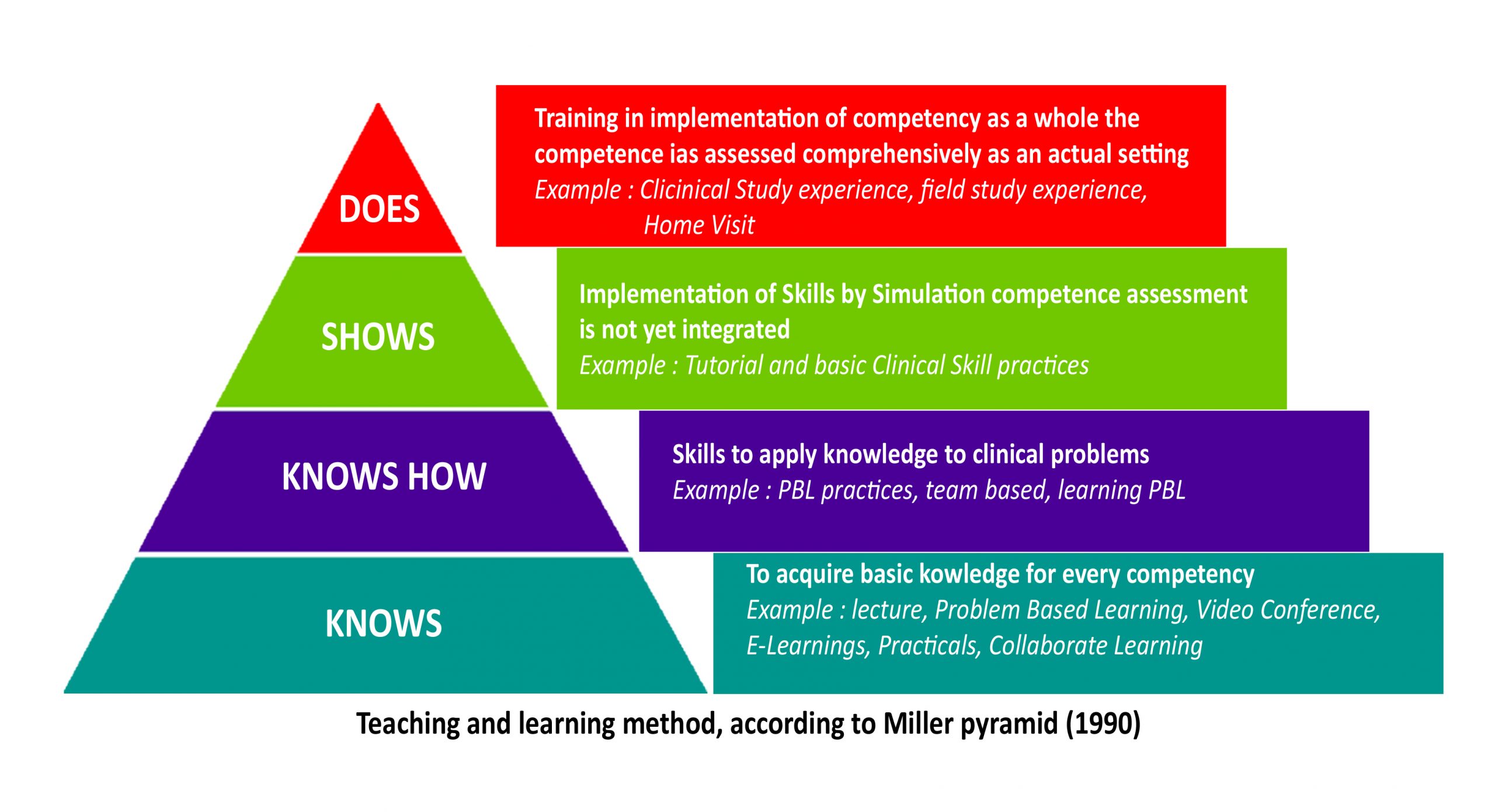Developing a Compelling Dilemma
Developing a Compelling Dilemma
(Developing a Compelling Dilemma)
Crafting a narrative problem scenario
This paper will be a creative effort. You may need to talk with others who have experience with the issue you’re writing about or do some reading to ensure that your description of the problem is accurate. Your personal experience with the problem is very important, but you want to make sure it is typical of the problem you are describing. What you want to produce in this section will be similar to the first act of a play or the first part of a short story. You don’t have to resolve the issues you raise in your description. Instead, you will leave the people you describe in the midst of a dilemma they can’t seem to solve. Your major characters will probably be unhappy, stressed, frightened, or anxious.
For example, you may describe the struggles between a young girl with eating disorders and the conflicts it creates in her family. You want your description to capture the essence of what it is like for both the young girl and her parents as they struggle with this problem. You may have personal experience with this situation or you might have observed other individuals and families who have struggled with this issue. If you need to go to other sources, you can find published case studies that will help you tell an accurate story of a family in this situation. 300 to 400 words. Use APA formatting
Problem Scenario
(10 pts) Believability: Does the scenario capture the essence of the problem?
(10 pts) Complexity: Does the scenario go beyond a superficial understanding?
The Burden of a Secret: A Nurse’s Ethical Dilemma
Samantha Carter, a registered nurse in a busy metropolitan hospital, has always prided herself on upholding the ethical standards of her profession. However, she finds herself in a predicament that threatens not only her moral compass but also her career and a patient’s well-being. During a routine night shift, Samantha is assigned to care for Mr. Jonathan Reese, a 45-year-old man admitted for complications related to diabetes. While reviewing his medical records, she notices inconsistencies in his previous treatments and a new set of lab results that suggest an underlying, undiagnosed condition.
As she prepares to discuss these findings with the attending physician, Mr. Reese’s wife, Emily, pulls Samantha aside. With tears in her eyes, Emily confesses that her husband has been secretly avoiding medical treatment due to his fear of being unable to afford the costs. She pleads with Samantha not to disclose the information, fearing it might result in unnecessary and expensive interventions that they cannot afford. Samantha is torn—her duty as a nurse is to ensure that Mr. Reese receives the best possible care, but she also understands the family’s financial struggles. The hospital has strict policies regarding disclosure, and failing to report critical information could result in severe consequences for both Mr. Reese and Samantha.
To complicate matters further, the attending physician, Dr. Patel, is known for his rigid approach to protocol. If Samantha shares the information, it is almost certain that Mr. Reese will be subjected to further diagnostic tests, which could place the family under immense financial strain. If she chooses to stay silent, she risks compromising the patient’s health and violating her professional obligations.
As the end of her shift approaches, Samantha remains in turmoil. Her decision could either safeguard a patient’s right to autonomy or uphold the ethical standards of her profession. Caught between the harsh realities of the healthcare system and her own moral convictions, Samantha faces an ethical dilemma that has no clear resolution. The weight of her decision hangs heavily as she contemplates her next move.



